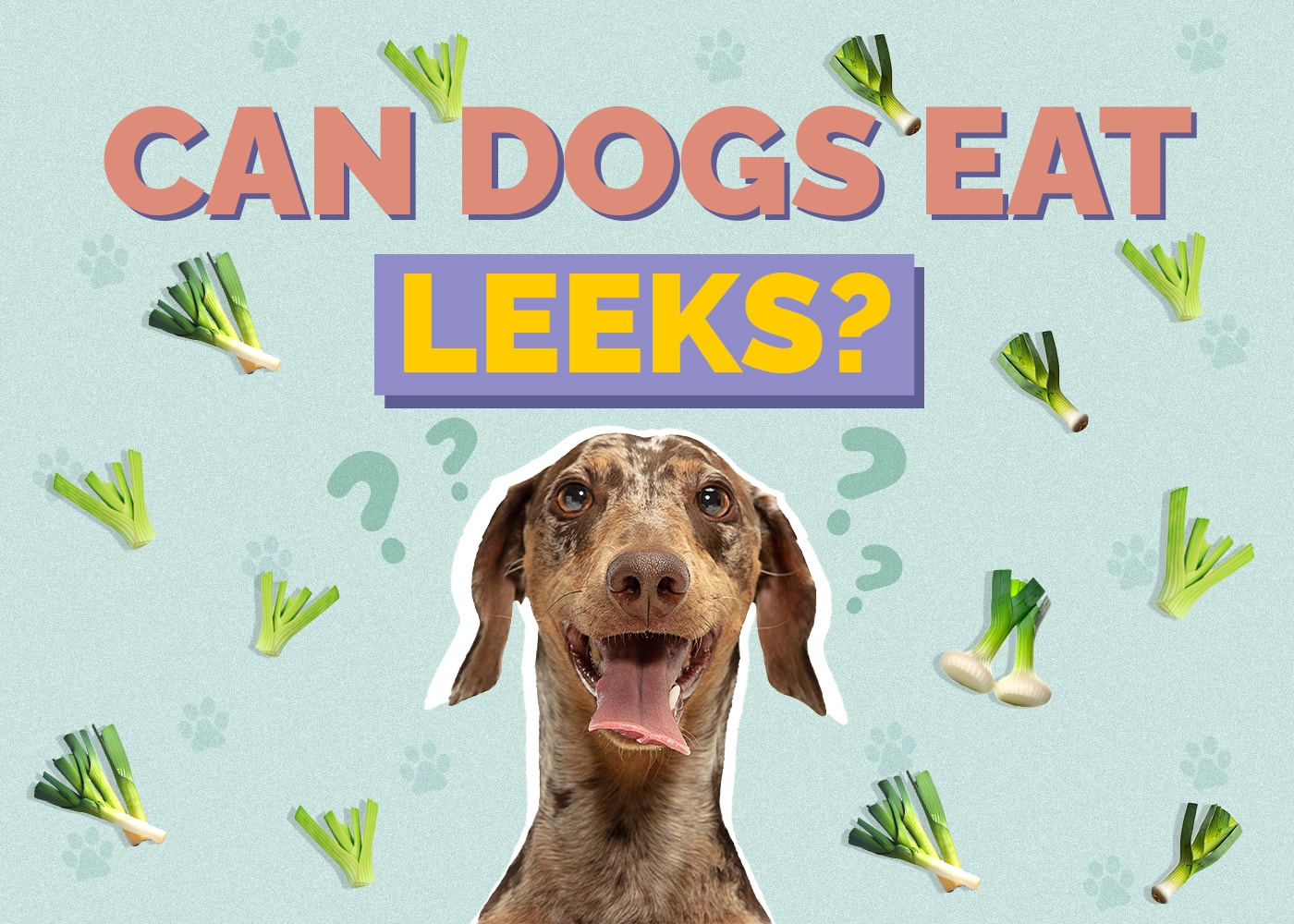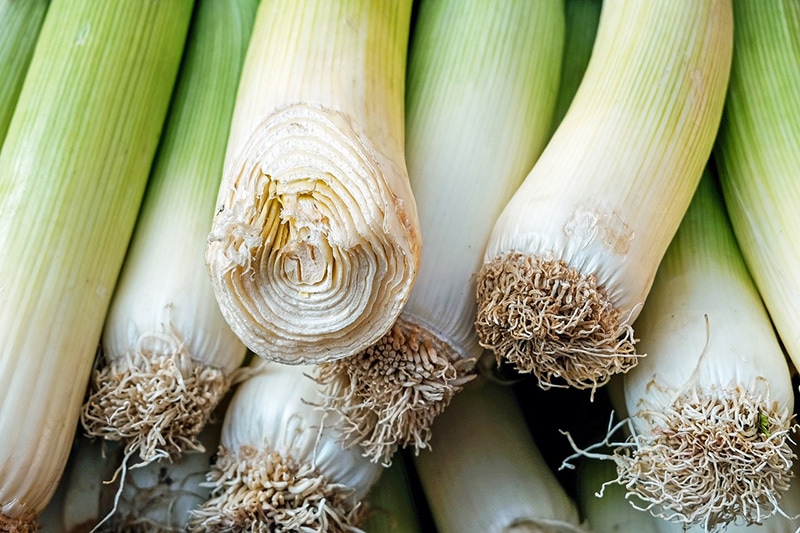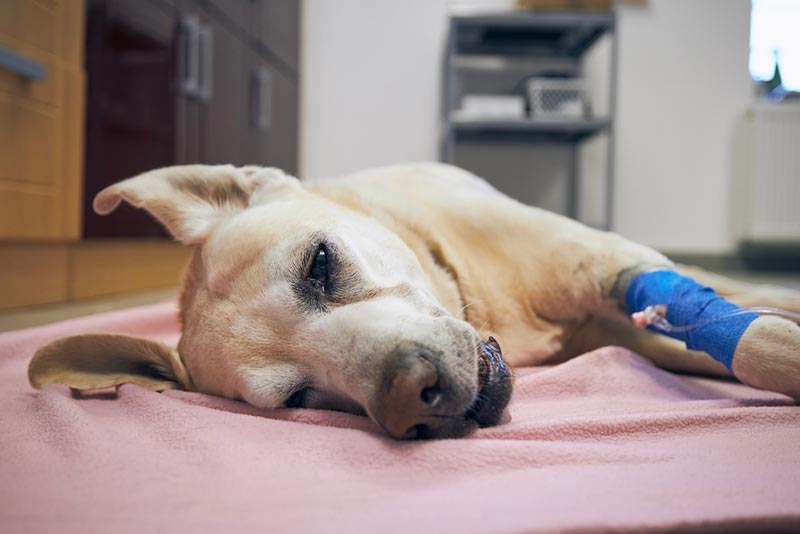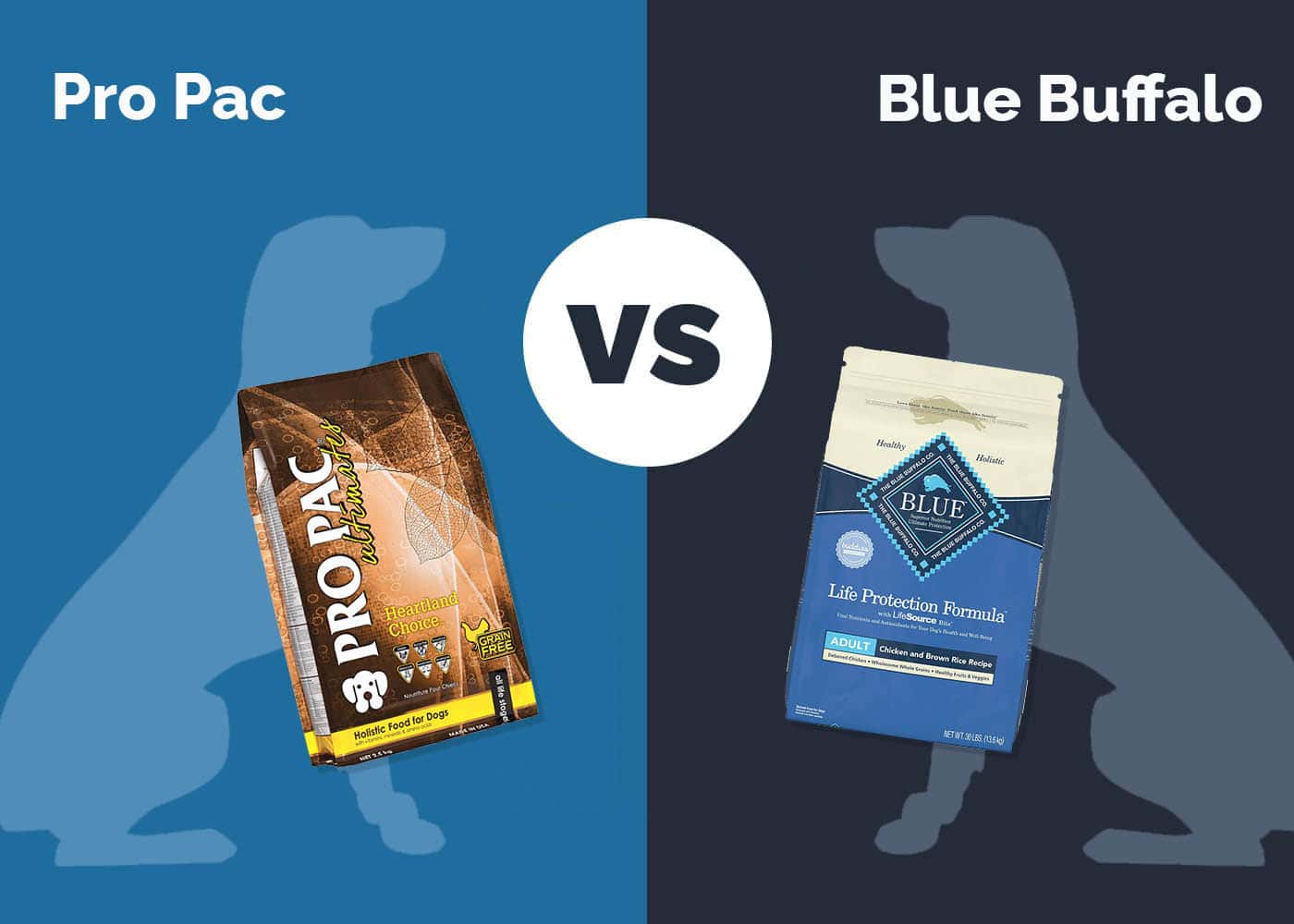Can Dogs Eat Leeks? Are They Harmful for Them?
Updated on

Leeks might not be the most popular vegetable, but it has caught the attention of social media with over a 32% bump in conversations.1 You’re most likely to find it in soups, with Irish potato leek soup being a favorite cold-weather dish. The interest in the food might have you wondering if your pup can enjoy this tasty ingredient. Unfortunately, the answer is no, dogs cannot eat leeks.
About Leeks

The leek you buy at the grocery store is a cultivar of its wild cousin, the Broadleaf Wild Leek (Allium ampeloprasum). The latter is native to Asia, the Middle East, and Europe. It was introduced into the United States and grows in the wild in California and the southeastern portion of the country. It’s an ancient vegetable and appears in various cuisines.
The derivation of its name answers the question of whether your pup can eat leeks. Its name comes from the Old English word “læc,” which means onion. The plant is part of the Lily family and in the same genus as the bulb. The difference with leeks is that they are non-bulbing plants. Instead, you eat the white and pale green parts of the stalk.
The Dangers of Leeks in Dogs
The leek’s inclusion in the onion genus means that it shares the same problematic chemical that makes it poisonous to cats, dogs, cattle, sheep, pigs, goats, and horses. The culprit is N-propyl disulfide, a sulfur-containing organic compound. All members of the Allium genus contain it in varying degrees.
Garlic contains the highest concentration and, thus, is the most toxic. Chewing releases sulfur compounds, which interact with an animal’s gut bacteria to induce an adverse and severe reaction. It causes hemolysis or the destruction of red blood cells (RBCs). It can, in turn, cause hemolytic anemia. This condition can increase the formation of Heinz bodies, which indicates RBC oxidative damage.
Cats and cattle are most susceptible. However, dogs are more likely to ingest leeks and other harmful items since they’re more likely to eat anything they find. On the other hand, cats are more cautious about new things in their world and might not ingest unfamiliar foods. Interestingly, poisonings are more common during the summer and the December holiday season.
It’s evident that something very bad happens when a dog eats leeks, despite the fact we share 84% of our DNA with our canine companions. Our pets metabolize foods differently, hence, the varying reactions.
Clinical Signs of Leek Ingestion
An animal typically starts showing signs of leek poisoning within 24 hours after eating them. A dog has only to eat 15–30 grams to cause a reaction. It’s worth noting that as little as 5 grams can have similar effects in cats. Signs of a potential issue include:
- GI distress
- Cold sensitivity
- Weakness
- Depression
- Abdominal pain
- Loss of appetite
If left untreated or if the pet ingests a large amount can result in heart issues, collapse, and death. If your dog ate leeks recently, you might smell it on their breath. Bloodwork can detect the presence of Heinz bodies and anemia.
Treatment for Leek Poisoning

Sadly, there isn’t an antidote for leek poisoning, nor does cooking make it less toxic. The first course of treatment is ridding the animal’s body of the toxin. Your vet will also start supportive care to treat other symptoms with options such as IV fluids, oxygen therapy, and follow-up bloodwork to monitor its anemia status. Your vet may also prescribe a special diet to help with your pet’s recovery.
The amount ingested and your pup’s reaction will steer the course of treatment. It bears mentioning that hemolytic anemia may not occur immediately, making aftercare an essential part of your dog’s recovery. The prognosis is favorable if it’s caught early and treated promptly.
Final Thoughts
Surely, the progression is enough to convince pet owners not to share human foods with their animal companions. We advise sticking with a diet formulated for your pup’s nutritional needs. Don’t be fooled into thinking a tiny bit of something can’t hurt. As you’ve seen with leeks, even a little can cause adverse reactions.
Featured Image Credit: Aromaengel, Pixabay













